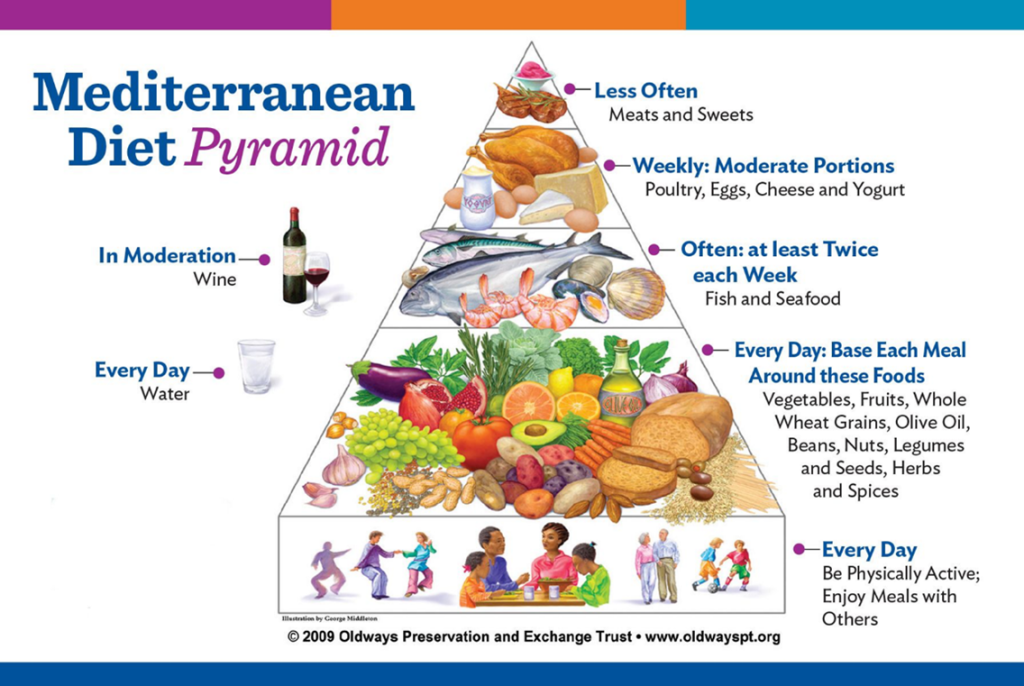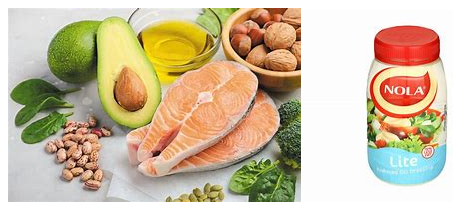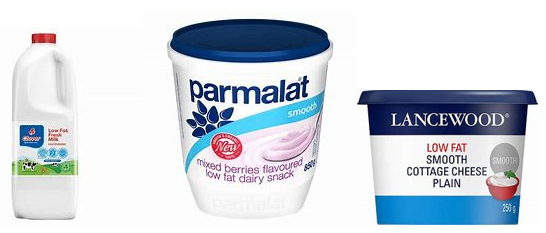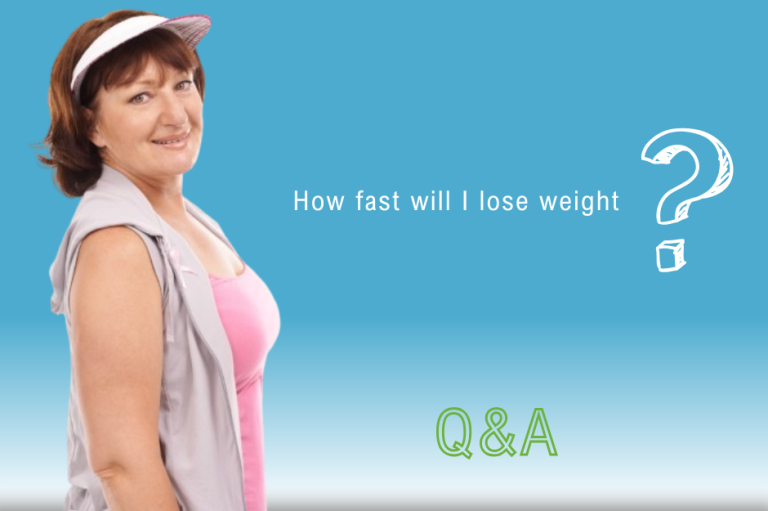Is weight/portions raw/cooked:
All measurements of grains that need cooking like rice/pasta and meat are when cooked where applicable. 90g cooked meat for instance represent 3 meat portions (30g each) and about 120g of raw meat is about 90g cooked meat) or ½ cup cooked pasta is a portion (1 starch portion) and is equal to 20g raw pasta. Veggies can be cooked or raw.
What type of eating pattern is it? We know the Mediterranean and DASH (Dietary Approach to Stop Hypertension) diets are both healthy and approved for various lifestyle disease such as diabetes, heart disease, high blood pressure, to prevent neurodegenerative disease like Alzheimers’ and it is anti-inflammatory. The Mediterranean diet is a bit hard for most South Africans to follow as it allows very little meat and lots of oils. MHL makes use of meal plans based on the guidelines of both diets and uses the DASH diet approach with lots of veggies and fruit, whole grains, lean proteien and with more legumes, low fat dairy and less fat mostly in the form of healthy plant fats such as nuts, olives and olive oil, avocado pears and canola oil. Salt and sugar (confectionary too) to be used sparingly.
What can I eat? Food pyramid and different food groups

Each of the food groups plays an important part in keeping the body healthy. Protein (meat, fish, poultry, eggs, legumes and beans) for building and repairing body cells and sustain growth and development during childhood and maternity. Carbs (starch and grains) and fat supply energy. Glucose coming from starch/grain sources, fruit and vegetables and dairy will also provide energy to the brain. Whole grains, fruit and veggies will provide fibre too and see to it that your gut is healthy and promote regularity. Calcium in dairy will help keep bones and teeth healthy and strong. Healthy fats will also add essential fatty acids to the diet that is important for heart health, a healthy skin and brain. Remember healthy eating is about nourishing your body and to provide every single cell in your body with the nutrients it needs.
What should you choose in each food group?
Fruit and Vegetables – 5-7 portions a day is recommended – depending on the meal plan you are on it might be like 2 fruits and 3 veggies. Fruit and veggies can be fresh or frozen, raw or steamed, boiled or fake fry (use water in a non-stick pan) or stirfry/grill it with little oil. Dried fruit portions should be very small as it is very energy dense.
Grains And Starch– choose wholegrains like brown rice, whole wheat couscous or wholegrain bread / brown low GI bread or corn on the cob or wholegrain cereals like Futurelife, All bran or Oats. You will find white rice and other refined grains on the list of foods, but it is generally better to have whole grains as it contains more nutrients and fibre. When you have white rice or white pasta, try to have enough veggies / salad / lentils & beans with (it can be added to meat), in order to provide enough fibre with the meal. Potatoes and sweet potatoes count as starch and can be part of a healthy eating plan. Baby potatoes have a lower GI (does not make your blood sugar levels rise much) and can be used. Once again try not to have deep fried potatoes, but rather boil it or cook and spray with a little oil to roast/make wedges. Check your portions and make sure it is not large servings.

Fats and Oils – choose those high in good fats (MUFA – mono-unsaturated and PUFA- poly-unsaturated) like Canola or Olive or Avocado oil /margarine. Avocadoes, olives and peanutbutter are also healthy fats – use only one fat at a time so do not use peanutbutter with margarine or avocado with mayonnaise.

Dairy – choose low fat milk, yogurt, low fat or fat free cottage cheese or lower fat cheese like Mozarella / processed cheese or cheese spread. Cheese is high in fat, so stick to small portions – about match box size or use strong cheese like Parmasan in order to use less cheese for more flavour. You can make use of plain and flavoured yogurt. Normally a portion is about 175ml or a small cup of yogurt. Fabulite are artificially sweetened and will have the least energy if you enjoy the flavour.

Meat/Fish/Chicken – choose lean meat, chicken without the skin and fish without a batter. Limit processed meats – rather make a stir-fry with chicken breasts than buying readymade schnitzels or chicken nuggets or fish fingers. Try to have fish 2x/week and also include hake, haddock, salmon or tuna, pilchards, sardines or mackerel. Braai meat (beware not to burn it as it is then carcinogenic) or roast it in the oven, bake chicken breasts in the oven (do not overcook as it can become dry) or fry in a little oil like canola / olive oil and zest it up with some spices or herbs. Fish like hake or haddock tastes great when you cook it in a pan with some low fat milk. Add lemon pepper and onions to hake for a wonderful taste sensation.
It is not a diet, it is a lifestyle – Antonette





